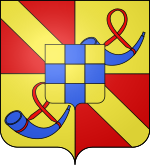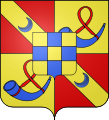
The House of Orange-Nassau is the current reigning house of the Netherlands. A branch of the European House of Nassau, the house has played a central role in the politics and government of the Netherlands and elsewhere in Europe, particularly since William the Silent organised the Dutch Revolt against Spanish rule, which after the Eighty Years' War (1568–1648) led to an independent Dutch state. William III of Orange led the resistance of the Netherlands and Europe to Louis XIV of France, and orchestrated the Glorious Revolution in England that established parliamentary rule. Similarly, Queen Wilhelmina of the Netherlands was instrumental in the Dutch resistance during World War II.

William II was sovereign Prince of Orange and Stadtholder of Holland, Zeeland, Utrecht, Guelders, Overijssel and Groningen in the United Provinces of the Netherlands from 14 March 1647 until his death three years later. His only child, William III, reigned as King of England, Ireland, and Scotland.

Prince of Orange is a title originally associated with the sovereign Principality of Orange, in what is now southern France and subsequently held by sovereigns in the Netherlands.

René of Chalon, also known as Renatus of Chalon, was a Prince of Orange and stadtholder of Holland, Zeeland, Utrecht and Gelre.
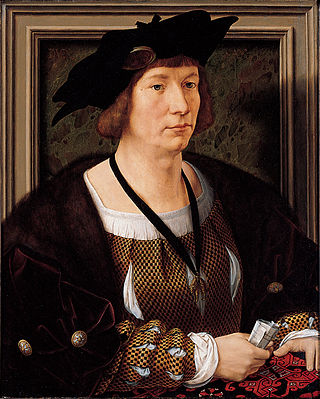
Count Henry III of Nassau-Dillenburg-Dietz, Lord of Breda, Lord of the Lek, of Dietz, etc. was a count of the House of Nassau.

This is a list of the Lords, Barons and Marquisses of Baux.

The Principality of Orange was, from 1163 to 1713, a feudal state in Provence, in the south of modern-day France, on the east bank of the river Rhone, north of the city of Avignon, and surrounded by the independent papal state of Comtat Venaissin.
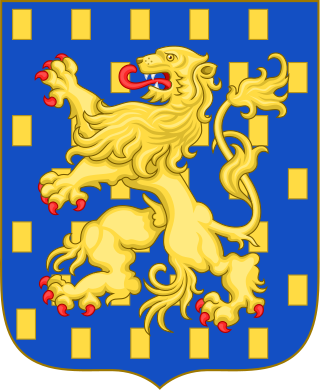
The House of Nassau is a diversified aristocratic dynasty in Europe. It is named after the lordship associated with Nassau Castle, located in present-day Nassau, Rhineland-Palatinate, Germany. With the fall of the Hohenstaufen in the first half of the 13th century royal power within Franconia evaporated and the former stem duchy fragmented into separate independent states. Nassau emerged as one of those independent states as part of the Holy Roman Empire. The lords of Nassau were originally titled "Count of Nassau", subject only to the Emperor, and then elevated to the princely class as "Princely Counts". Early on they divided into two main branches: the elder (Walramian) branch, that gave rise to the German king Adolf, and the younger (Ottonian) branch, that gave rise to the Princes of Orange and the monarchs of the Netherlands.
Claudia of Chalon-Orange was Princess of Orange. In 1515, she married Henry III of Nassau-Breda, thus uniting the houses of Orange and Nassau. Their son, René of Chalon, was the first Nassau to be Prince of Orange.
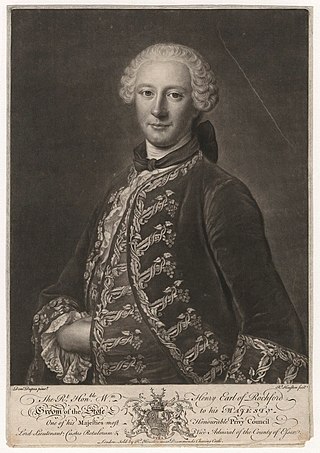
Earl of Rochford was a title in the Peerage of England. It was created in 1695 and became extinct in 1830.

The House of Baux is a French noble family from the south of France. It was one of the richest and most powerful families of medieval Provence, known as the 'Race d’Aiglon'. They were independent lords as castellans of Les Baux and Arles and wielded very considerable authority at the local level. They held important fiefs and vast lands, including the principality of Orange.

The Anscarids or the House of Ivrea were a medieval dynasty of Frankish origin which rose to prominence in Northern Italy in the tenth century, even briefly holding the Italian throne. The main branch ruled the County of Burgundy from the eleventh to fourteenth centuries and it was one of their members who first declared himself a count palatine. The cadet Castilian branch of Ivrea ruled the Kingdom of Galicia from 1111 and the Kingdoms of Castile and León from 1126 until 1369. The House of Trastámara, which ruled in Castile, Aragon, Naples, and Navarre at various points between the late 14th and early 16th centuries, was an illegitimate cadet branch of that family.

Frederick of Nassau, Lord of Zuylestein (1624–1672) was an illegitimate son of Frederick Henry, Prince of Orange, by Margaretha Catharina Bruyns,
This page is a list of the lords of Chalon-Arlay and the principality of Orange. The lords of Chalons and Arlay were a cadet branch of the ruling house of the county of Burgundy, the Anscarids or House of Ivrea.

Louis II of Chalon-Arlay, nicknamed the Good, was Lord of Arlay and Arguel Prince of Orange. He was the son of John III of Chalon-Arlay and his wife, Mary of Baux-Orange, and the father of William VII of Chalon-Arlay.

John III of Chalon-Arlay was a French nobleman and a member of the House of Chalon-Arlay. He was the son of Louis I lord of Arguel, and the heir of his uncle, Louis's brother, Hugh II lord of Arlay from whom he inherited Arlay.

The Dutch Republic Lion was the badge of the Union of Utrecht, the Republic of the Seven United Netherlands, and a precursor of the current coat of arms of the Kingdom the Netherlands.

Louis I of Chalon-Arlay (1337–1366) was the second son of John II lord of Arlay and Margaret of Male.
Mary of Baux-Orange was suo jure Princess of Orange. She was the last holder of this title from the House of Baux.
This page shows the coats of arms, heraldic achievements, and heraldic flags of the House of Nassau.

